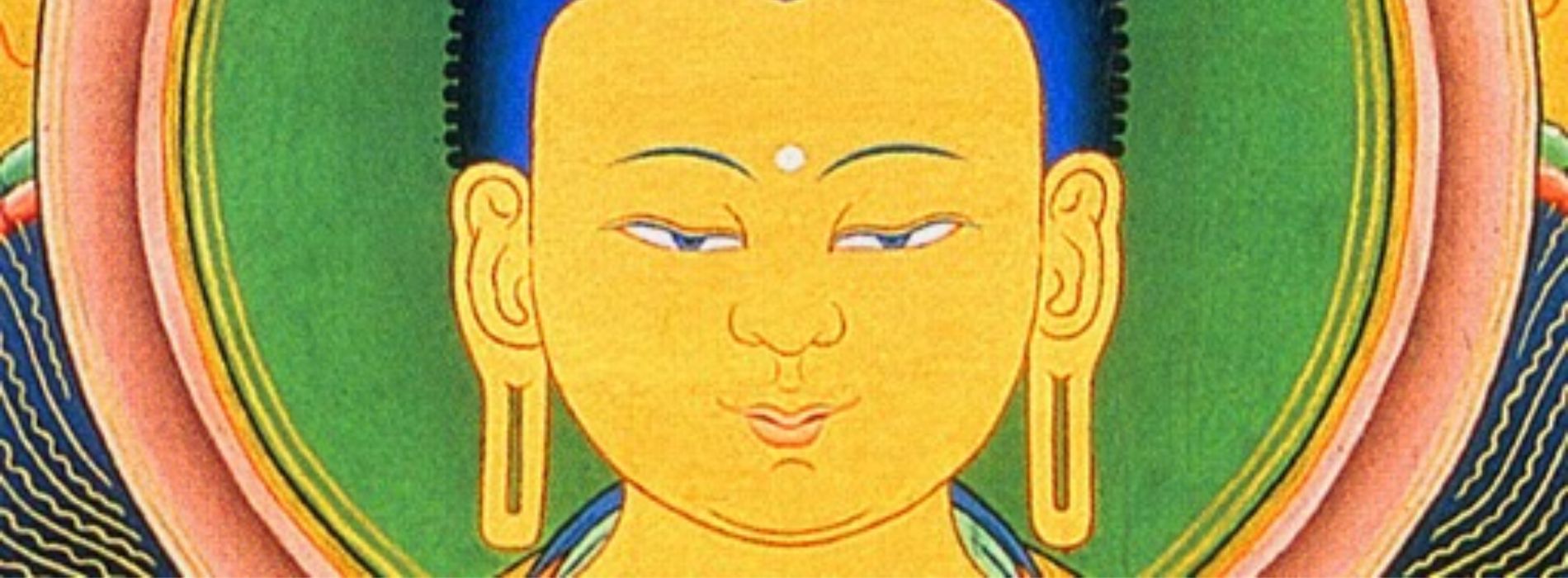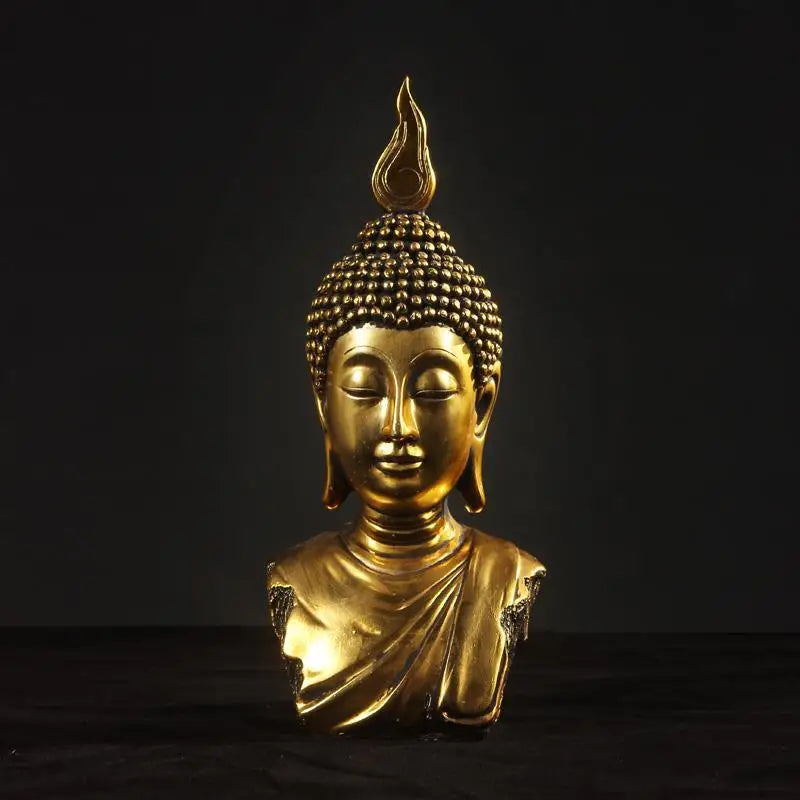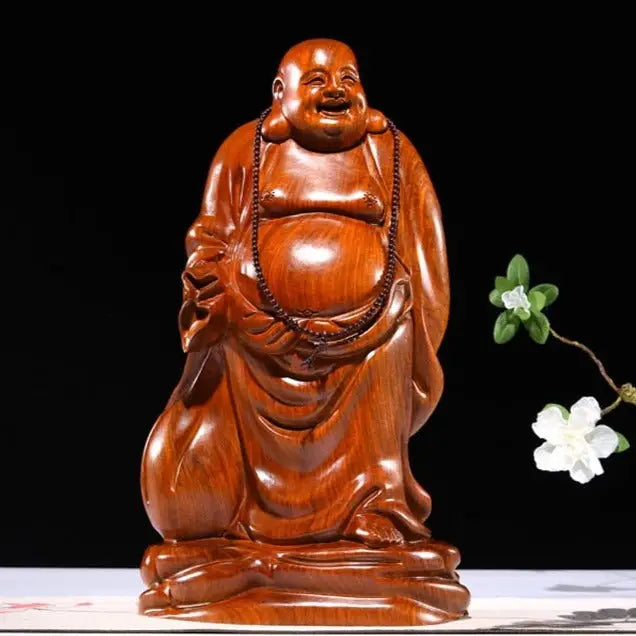Why does Buddha have big ears? - Discover the hidden meaning
The big ears of Buddha: a symbolic representation
The large ears of Buddha have deep meaning in Buddhist tradition. They represent the divine dimension and the transcendental wisdom of Buddha. These ears symbolize his ability to listen to the world and hear the suffering of living beings. They are also the symbol of compassion and deep understanding of humanity.
The large ears of Buddha are also associated with the idea of attentive listening and openness to teaching. By listening attentively, Buddha sets an example of the importance of hearing others and giving sincere attention to their concerns. Through his ability to truly listen, Buddha inspires disciples to cultivate these essential qualities in their spiritual lives.
The universal compassion of Buddha
Compassion is a central theme in Buddhist philosophy. Buddha is known for his universal compassion towards all living beings. Buddha's large ears are a reminder of this compassion, as they symbolize his willingness to listen to the sufferings and needs of others. By developing our own compassion, we become closer to the mind of Buddha and we are able to help those in need.
Through attentive listening and compassion, Buddha wishes to remind us that we are all interconnected. By genuinely listening to others, we strengthen our connections with them and help create a more compassionate and caring world.
The big ears of Buddha invite us to be responsive to the needs of others and to act with compassion in our daily lives. They remind us that listening can be a valuable form of support for those who need it.
The importance of listening in Buddhist practice
In Buddhist practice, listening is considered an essential skill. By listening carefully to Buddhist teachings, we can deepen our understanding of the dharma and progress on the path to enlightenment. The large ears of Buddha symbolize the importance of this active listening and this openness to teaching.
Buddha himself spent many years listening to his spiritual teachers and studying their teachings. His example reminds us that the path to awakening requires attentive listening and a willingness to question our own perceptions and beliefs.
By developing our listening skills in Buddhist practice, we strengthen our connection with the teachings and open ourselves to new perspectives on life and ourselves.
The big ears of Buddha: an artistic representation
In addition to their symbolic meaning, the large ears of Buddha are also present in many artistic representations of the Buddha. These representations may vary from one culture to another, but all have this distinctive characteristic in common.
In Buddhist art, the large ears of Buddha are often depicted in an exaggerated manner, demonstrating their symbolic importance. These artistic depictions emphasize the importance of attentive listening and receptivity in Buddhist practice, inviting viewers to cultivate these qualities in their own spiritual lives.
Buddhist art and spirituality
Buddhist art plays an important role in the dissemination of Buddhist teachings and the transmission of Buddhist philosophy. Artistic depictions of the Buddha, including large ears, are visual tools that help practitioners connect with Buddhist spirituality.
Some believe that Buddhist art can also have a profound effect on the viewer, allowing them to develop a greater understanding of the dharma on a subconscious level. Thus, the large ears of Buddha in Buddhist art can serve as a constant visual reminder of the importance of listening and openness in Buddhist practice.
By contemplating these artistic representations, practitioners may be inspired to develop their own listening skills and cultivate the spiritual qualities that will allow them to progress on the path to enlightenment.
Beauty in Buddhist art
Apart from their symbolic and spiritual meaning, the large ears of Buddha can also be appreciated for their artistic beauty. Buddhist art emphasizes beauty and harmony, and depictions of the Buddha embody this aesthetic.
The large ears of Buddha are often depicted with a finesse and elegance that adds to the overall beauty of the statue or painting. These artistic depictions demonstrate the mastery of the artisans who created these works, and they can be admired for their artistic execution.
By appreciating the beauty of the large ears of Buddha in Buddhist art, we are invited to feel a sense of wonder and gratitude for human creativity and for the positive emotions that this beauty can evoke in us.
Why are Buddha's big ears important to us today?
The large ears of Buddha have a timeless meaning that is still relevant in our modern world. Careful listening, compassion, and open-mindedness are valuable qualities that can help us improve our relationships, support others, and cultivate our own spiritual growth.
By integrating the teachings represented by the big ears of Buddha into our daily lives, we can not only improve ourselves as individuals, but also contribute to the creation of a more compassionate world , caring and harmonious.
The practice of active listening
Active listening is a valuable skill in our personal and professional relationships. By being truly present when we listen to others, paying attention to their words and showing empathy, we create stronger connections and show respect to the people we meet.
Practicing active listening can improve our communication, strengthen our connections with others, and help us resolve conflicts constructively. By drawing on the wisdom of Buddha's big ears, we can become better listeners and contribute to a world where understanding and kindness are valued.
Cultivating this skill of active listening may take time and practice, but the benefits are well worth the effort. By genuinely listening to others, we show our respect and consideration for them, which can help strengthen relationships and improve our overall quality of life.
The importance of compassion in our society
In a world often marked by division and mistrust, compassion plays a crucial role in promoting harmony and mutual understanding. By developing our ability to feel compassion for others, we pave the way for a more caring and equitable society.
Compassion begins with attentive listening and a willingness to understand the needs and suffering of others. By integrating the teachings of Buddha's Big Ears into our lives, we are inspired to practice compassion and act kindly toward others.
Cultivating compassion can have positive effects not only on individuals, but also on communities, societies and the world as a whole. By embracing the values represented by the big ears of Buddha, we can contribute to positive change and the creation of a better world.
Open-mindedness and the quest for truth
The big ears of Buddha also remind us of the importance of remaining open and curious in our quest for truth and knowledge. By questioning our own beliefs and developing an open-minded attitude, we come closer to the wisdom of Buddha. This open-mindedness allows us to explore new ideas, learn from others, and grow spiritually.
In our ever-changing world, where new challenges and opportunities are constantly presenting themselves, open-mindedness is a valuable quality. It allows us to adapt to changes, explore new perspectives and enrich our understanding of the world.
Inspired by the big ears of Buddha, we are encouraged to cultivate this open-minded attitude and embrace the opportunities for growth and learning that present themselves to us every day .
Final Thoughts
The large ears of Buddha have a deep and timeless meaning in Buddhist tradition. They represent compassion, attentive listening and open-mindedness. By integrating these teachings into our daily lives, we can improve our relationships, support others, and cultivate our spiritual growth.
The big ears of Buddha remind us that we are all interconnected and that listening can be an act of support and compassion. They invite us to practice active listening, compassion and open-mindedness in our lives.
By embracing the values represented by the big ears of Buddha, we become examples of kindness and wisdom in our world. We contribute to the creation of a more loving, understanding and peaceful world.
















































